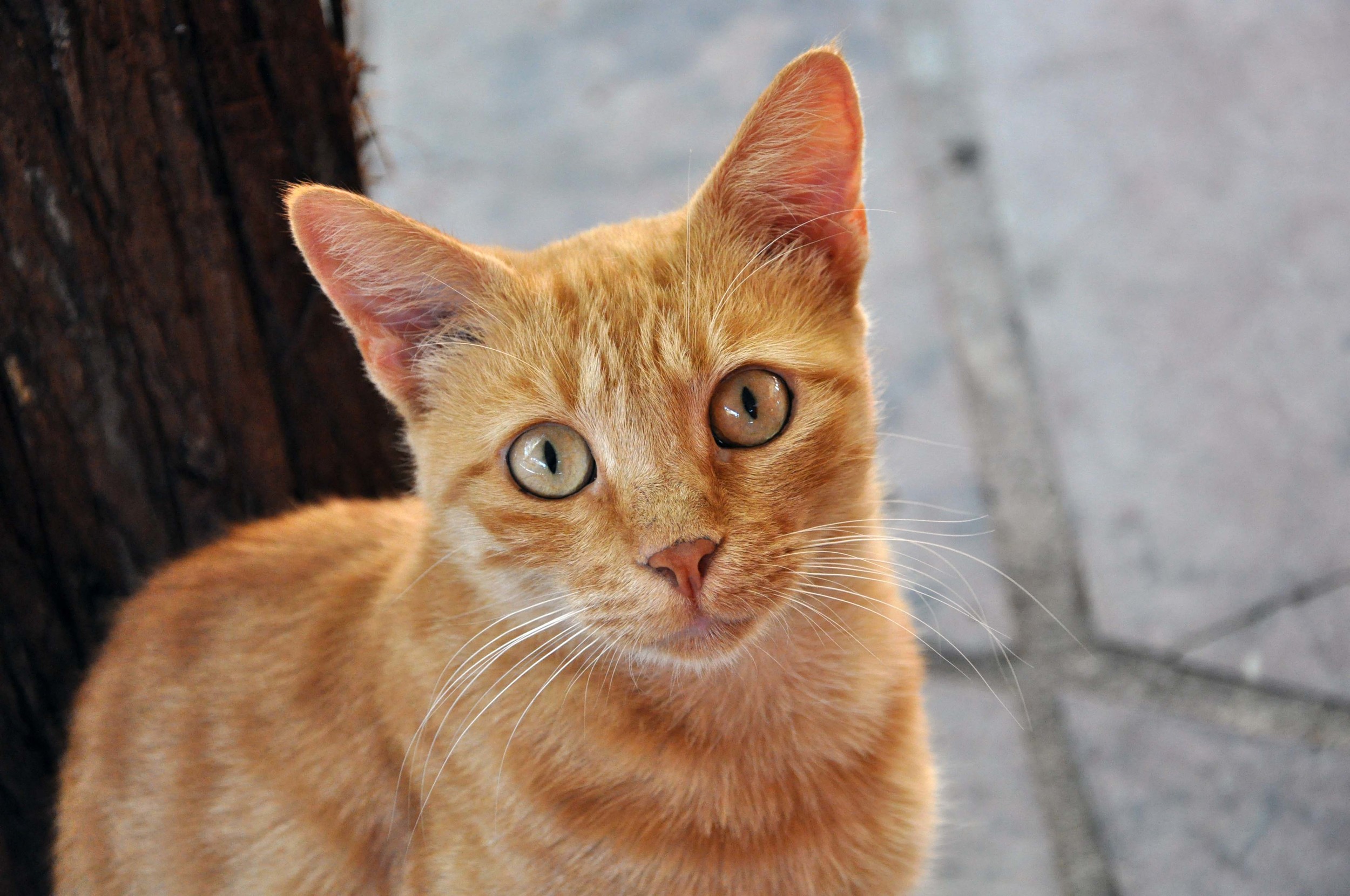Outdoor Cat Shelters
Make a simple shelter for your feral cats!
SUPPLIES
You can find these supplies at Home Depot, Lowes, or your local hardware store. Feed stores generally have straw.
• Rubbermaid or HDX Tough Polypropylene Plastic Storage Tote (between 25 gallon and 31-gallon size work best). NOTE: brands such as Sterilite tend to crack in cold weather
• Bubble insulation (Reflectix brand, 24” x 10’, works well)
• Gorilla tape (tends to last longer than Duct tape)
• Straw (towels and blankets can actually draw away body heat and should not be used). Learn the importance of using STRAW - not HAY!
• Optional: emergency blanket
TOOLS
• Ruler to measure insulation and shelter opening
• Scissors or box cutter to cut insulation
• Jab saw or Dremel tool to cut shelter opening
• Drill to make ventilation holes
INSTRUCTIONS
Measure and mark a 5-inch square at least 3 inches from the bottom of the plastic storage bin. A 5-inch square allows cats to pass through but isn’t large enough for wildlife to get in.
Cut out the square with a jab saw or Dremel tool. If you feel the edges are rough, cover with Gorilla tape.
Measure the bin’s inside panels. Allow for a couple inches around each panel for the Gorilla tape to secure the insulation to the side.
Cut the insulation into measured panels. Secure panels to inside the bin with Gorilla tape. Gorilla tape around the edges of the panels works best.
Place emergency blanket in bottom of container (if applicable.) Fill the bin with a generous layer of straw.
Push down on the straw near the shelter’s opening to make room for cats to enter.
Using a permanent marker, label the bin “Cat Shelter” on the lid to prevent tampering.
Optional extra steps:
Add a second opening as a safety exit.
Drill a few drainage holes in the bottom of the bin.
Drill a few ventilation holes near the top of the bin.
OUTDOOR SHELTER TIPS
Insulation The best insulation for inside the shelter is straw, which the cats can burrow into. Avoid using anything that’s moist and will cause bacteria to form. Towels and blankets can actually draw away body heat and should not be used.
Encouraging use Draw the cats inside the shelter with catnip at the entrance way. Elevating the shelter using discarded pallets from shipping firms or hardware stores can also help. Make sure the door faces away from prevailing winds or faces a wall.
Maintenance Shelters should be checked and cleaned regularly to ensure their optimum quality and function.
Fleas Change the bedding in shelters at least twice a year. At that time, spray or dust the floor with a cat-safe flea control product. Or, sprinkle food-grade diatomaceous earth beneath the straw to deter fleas. Sprinkling mint or dried pyrethrum flowers beneath the bedding may also help. Fleas are a natural part of life outdoors, so while you can try your best to control them, they are not something you need to be worried about excessively.
Source:
Alley Cat Allies


